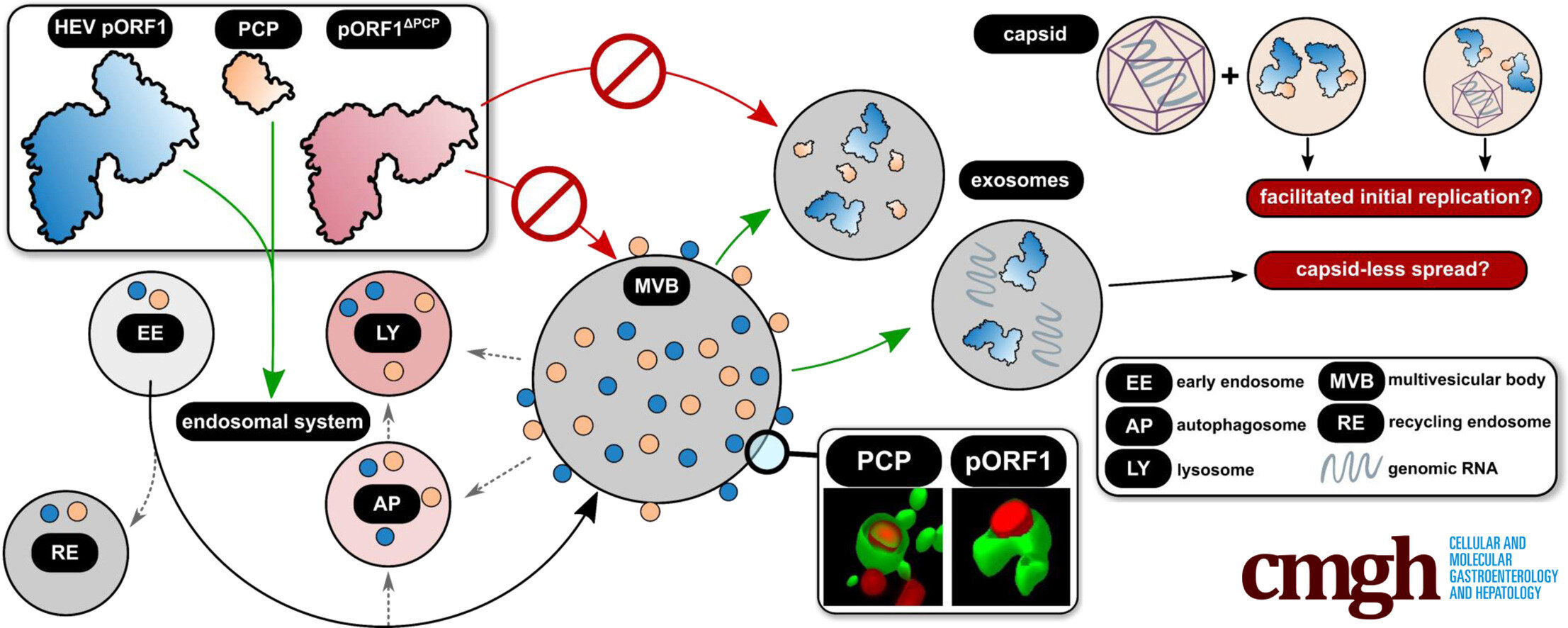 Outbreak Investigation: Hepatitis E Spread Linked to Improperly Cooked Pork Liver
Outbreak Investigation: Hepatitis E Spread Linked to Improperly Cooked Pork Liver
Case-Control Study Reveals Risk Factors
During the months of July and August 2022, a nursing home in Hangzhou, Zhejiang Province, experienced an outbreak of hepatitis E. To identify the risk factors associated with the outbreak, a case-control study was conducted.
The nursing home had a total of 722 residents, and out of those, 77 individuals were diagnosed with hepatitis E. The most affected categories were the care recipients, caregivers, and nurses. Among them, eighteen individuals displayed symptoms such as fever, jaundice, and loss of appetite.
According to a study published in the International Journal of Food Microbiology, the average age of the patients infected with the hepatitis E virus (HEV) was nearly sixty years. The group consisted of 59 women and 18 men.
Confirmation and Epidemiological Studies
Between July 31 and August 10, 2022, the nursing home reported three cases of hepatitis E. In response, staff members from the local Center for Disease Control visited the location to confirm the occurrence and conduct epidemiological studies.
Patient Zero and Subsequent Cases
The first patient, a 59-year-old married woman who worked as a caregiver at the nursing home, showed symptoms such as nausea, loss of appetite, aversion to oily food, fatigue, yellow urine, and jaundice in the eyes in late July 2022. She also experienced eye pain. On July 31, she was diagnosed with hepatitis E at the hospital.
Another caregiver, also 59 years old and married, displayed symptoms including yellow urine, yellowing of the eyes, and loss of appetite on July 31. This individual received a hepatitis E diagnosis on August 2.
Identified Risk Factors
Based on the findings of the case-control study, consuming pig liver and consuming raw fruits and vegetables from the nursing home’s cafeteria were identified as risk factors for the epidemic.
Inadequate Cooking Time and Hygiene Standards
The investigation revealed that the canteen at the nursing home had unsuitable conditions. The cooking time for pig liver was significantly less than required, as observed on a monitoring camera. Additionally, the canteen staff did not properly separate raw and cooked food.
The film footage showed that pig livers were only cooked for two minutes and ten seconds, while studies indicate that inactivating HEV in the liver requires at least five minutes at a temperature of 71 degrees Celsius (159.8 degrees Fahrenheit).
Furthermore, the canteen had poor hygiene standards, leading to the presence of cockroaches. The zoning laws were not strictly followed, and there was no clear distinction between raw and cooked food. Although a steam pot was available, it was not frequently used for disinfecting dishes.
Improper Food Handling
Due to the lack of proper separation between cooked and raw food, it was discovered that fruits and vegetables could become contaminated with HEVs from the hands of cafeteria staff through improper storage.
Limited Sample Availability
Unfortunately, there were no leftover food samples available at the canteen for testing. However, fresh liver samples obtained from various vendors were tested for HEV.
Control Efforts
After the widespread outbreak, control efforts included the treatment and isolation of patients, rigorous cleaning and disinfection measures, and administering the HEV vaccination.
Prevention Measures
To prevent future outbreaks, it is crucial to educate canteen employees about the importance of cooking stir-fry meals for an appropriate amount of time and at an appropriate temperature to deactivate the HEV. Additionally, scientists recommend implementing vaccine recommendations for high-risk groups and enforcing stricter hygiene controls in the food industry.

